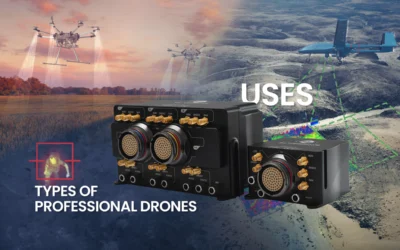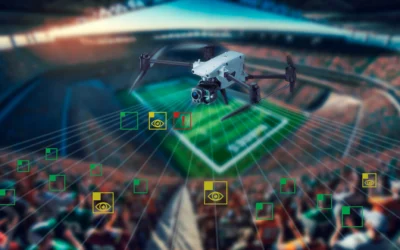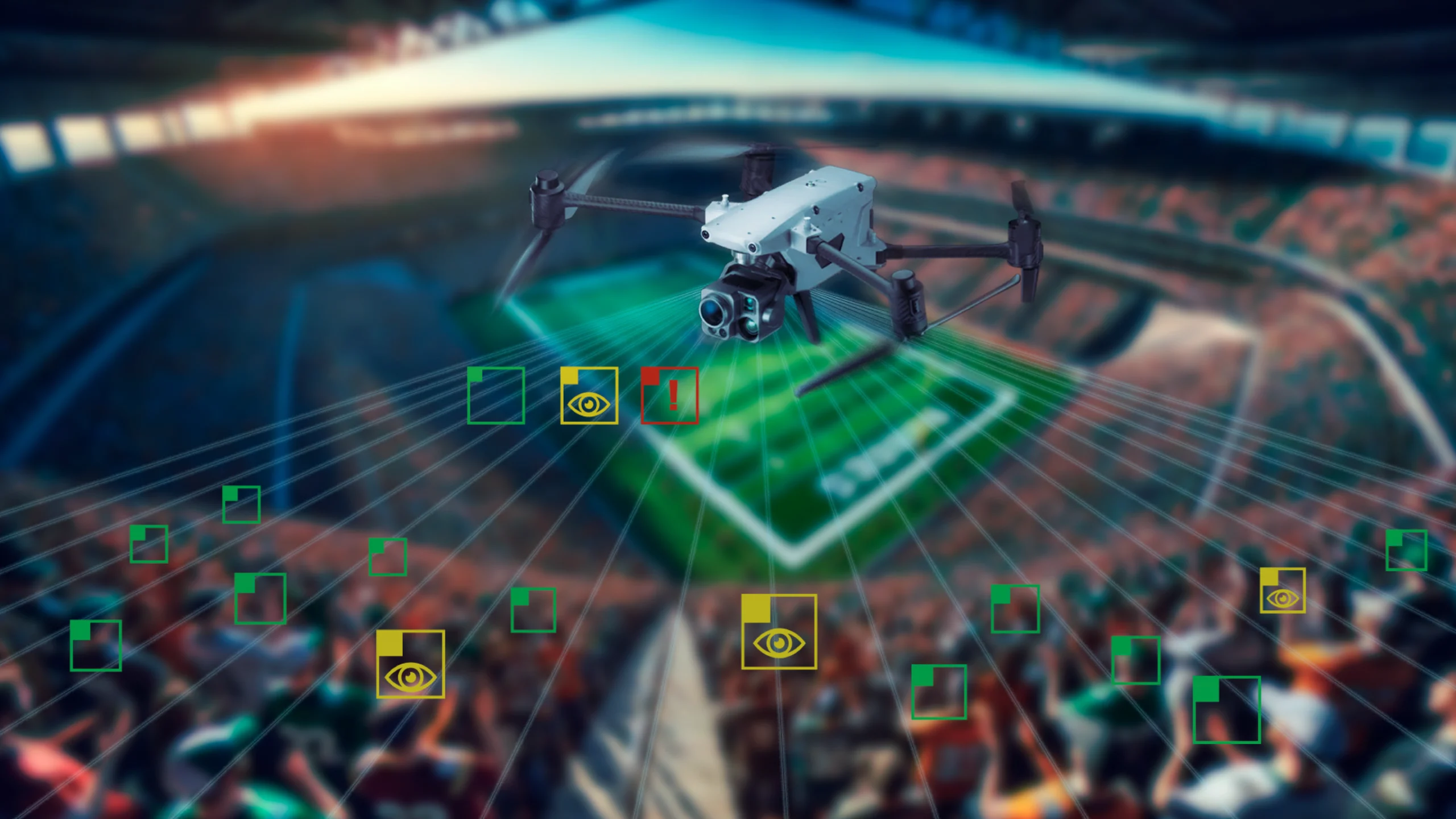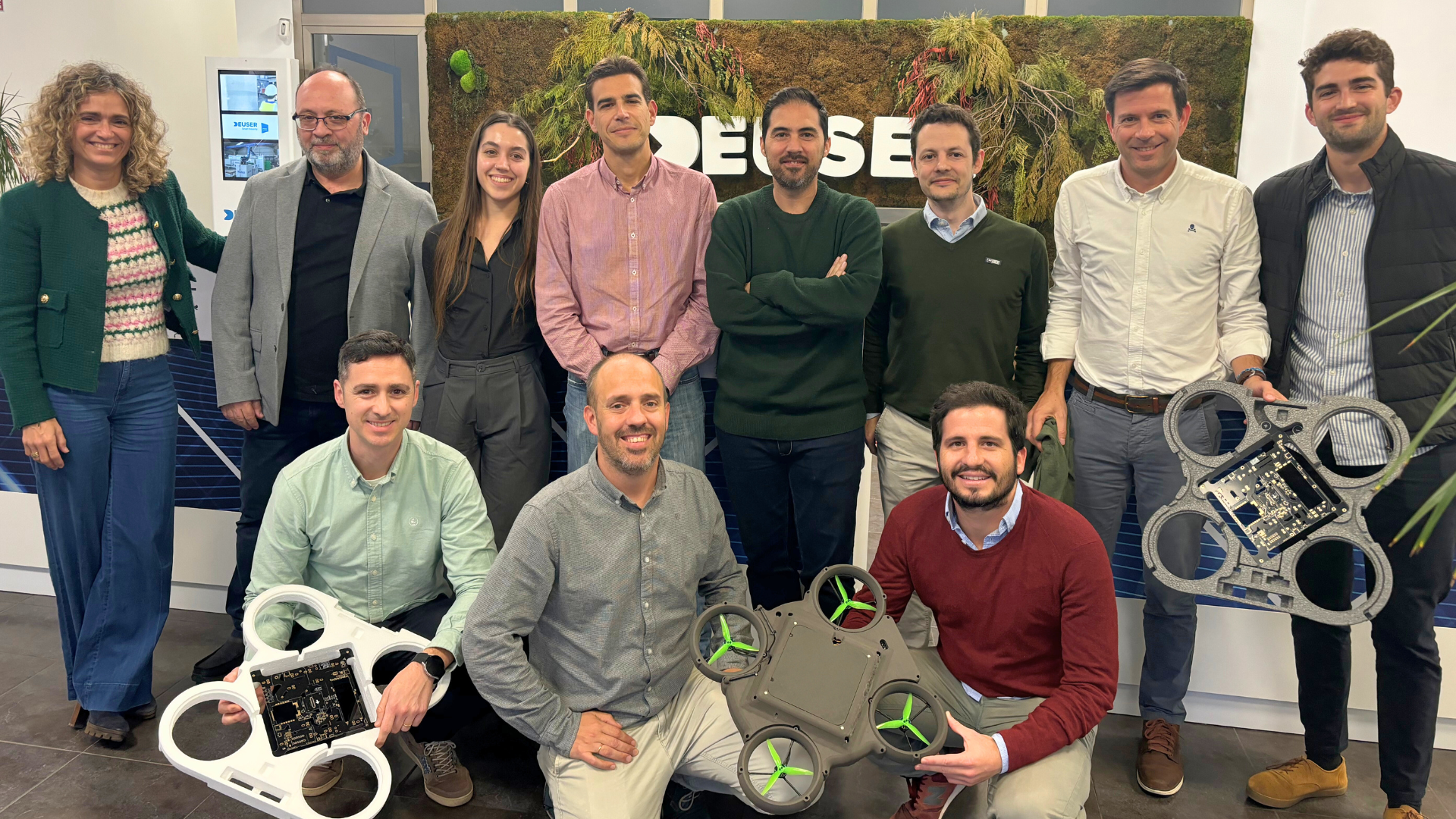Fuzzy Logic Controllers have been very successfully applied to many industrial applications over the past few decades. However, this kind of control system is not widely known among control engineers. Now Veronte Autopilot adds this technology to its Programs tools so it can be easily used for defining programs using Model Based Design.
Implementation of fuzzy logic technique
Nowadays, many security agencies and police forces are using drones and unmanned vehicles in.
Fuzzy logic is similar to the human being’s feeling and inference process. Unlike classical control strategy, which is a point-to-point control, fuzzy control is a range-to-range control. The inputs and outputs of the controller are the same as the classical techniques, so the input is the error in the controlled variable, and the output is the control magnitude. However, the output of a fuzzy control is derived from fuzzifications of both inputs and outputs using the associated membership functions. A crisp input will be converted to the different members of the associated membership functions based on its current value. From this point of view, the output is based on its membership of the different membership functions, which can be considered as a range of inputs.
To implement fuzzy logic technique to a real application requires three steps:
- Fuzzification – convert classical data into membership functions.
- Inference – combine membership functions with control rules to derive the fuzzy output.
- Defuzzification – use a method to calculate each associated output and pick up the final output from a look-up table.
All machines can process crisp or classical data such as either “true” or “false”. In order to enable machines to handle vague language input such as “somehow satisfied”, the crisp input and output must be converted to linguistic variables with fuzzy components, for example: “High”, “Medium” and “Low”, or “Fast”, “Medium” and “Slow”. Compared with classical control techniques, like a static PID, a fuzzy controller is capable of adapting itself to the dynamics of the plant. If the transfer function of the plant changes over time, it is necessary to gain scheduling with a PID controller, while fuzzy logic parameters remain constant.
The integration of this new control method in Veronte Autopilot makes possible the control of any dynamic system with the advantages of fuzzy rules. Applied to drone control, the Fuzzy Logic Controller permits to design optimized controllers robust to aircraft changes (motor failures, control actuator block, cargo release…).















